
The world is still very much concentrated on fighting the COVID-19 pandemic, but other ailments are still around. Spring is fast approaching. Trees will soon be in bloom, spring flowers will decorate parks, and green grass will make everything look more pleasant. For the 50 million Americans who suffer from seasonal allergies, the sixth leading cause of chronic illness in the United States, excitement about spring is accompanied by a feeling of dread.
24/7 Tempo reviewed information by the American Academy of Allergy, Asthma and Immunology, and other health-focused sites to compile a list of ways to relieve seasonal allergies symptoms.
Spring allergies, which go by other names such as hay fever, or the more medical name such as allergic rhinitis, can cause sneezing, stuffy and runny nose, watery eyes, as well as itchy nose, eyes, and mouth, according to the American College of Allergy, Asthma and Immunology. These symptoms are due to an allergic sensitivity to pollen from trees, grass, weeds, or airborne mold spores.
An allergy is the immune system’s hypersensitivity reaction to usually harmless substances in the environment. If the body is allergic to food, most symptoms occur around the mouth, throat, or stomach. If the allergen is something a person breathes in, the symptoms are then likely to affect the eyes, nose, and lungs — here are 16 symptoms you may not know are allergic reactions.
Click here for easy allergy relief that isn’t medication
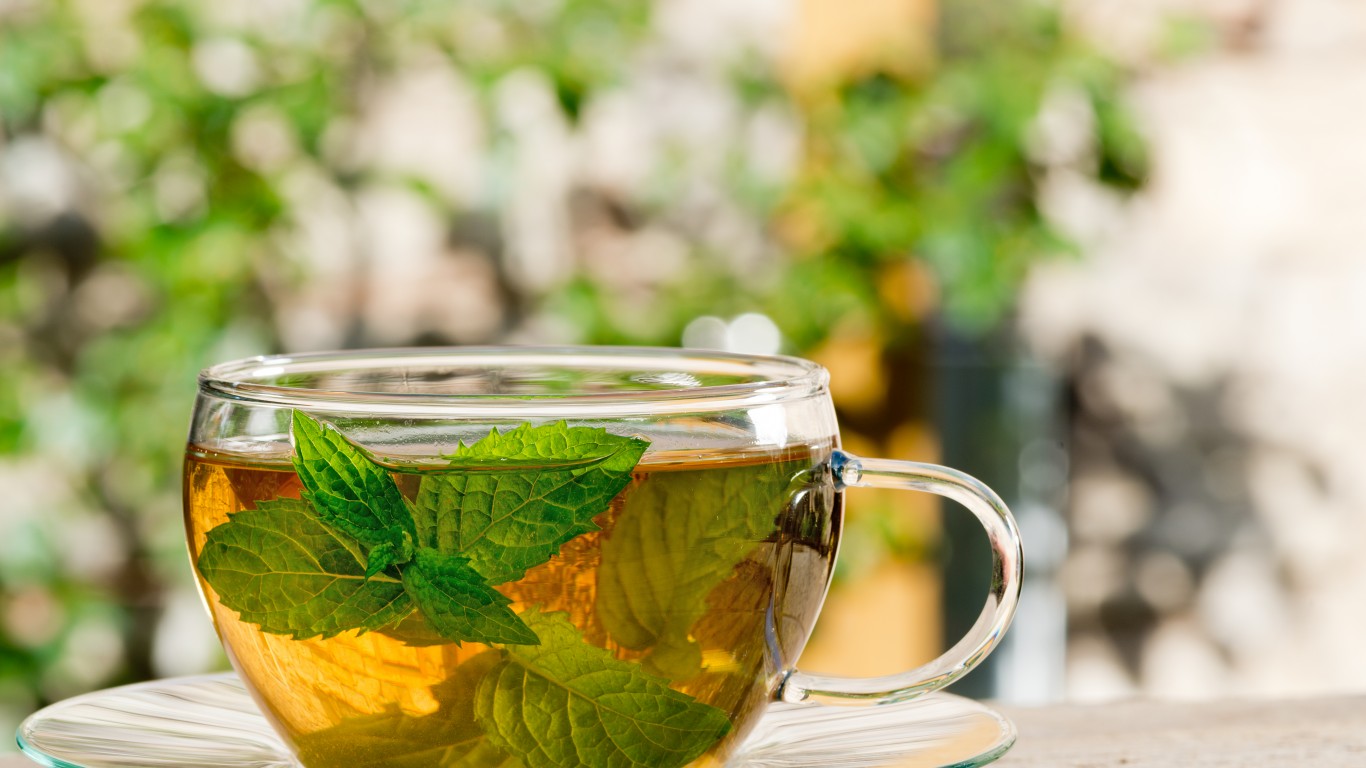
Peppermint tea
Peppermint tea is a common home remedy used as a decongestant and to help relieve inflammation. Peppermint contains rosmarinic acid, which is a plant compound known to have anti-inflammatory and anti-allergic properties. It may help reduce symptoms of seasonal allergies such as runny nose, itchy eyes, and even asthma attacks. One small study found that people with seasonal allergies who took an oral supplement containing rosmarinic acid had fewer symptoms of itchy nose, watery eyes, and itchy eyes than those given a placebo.
[in-text-ad]
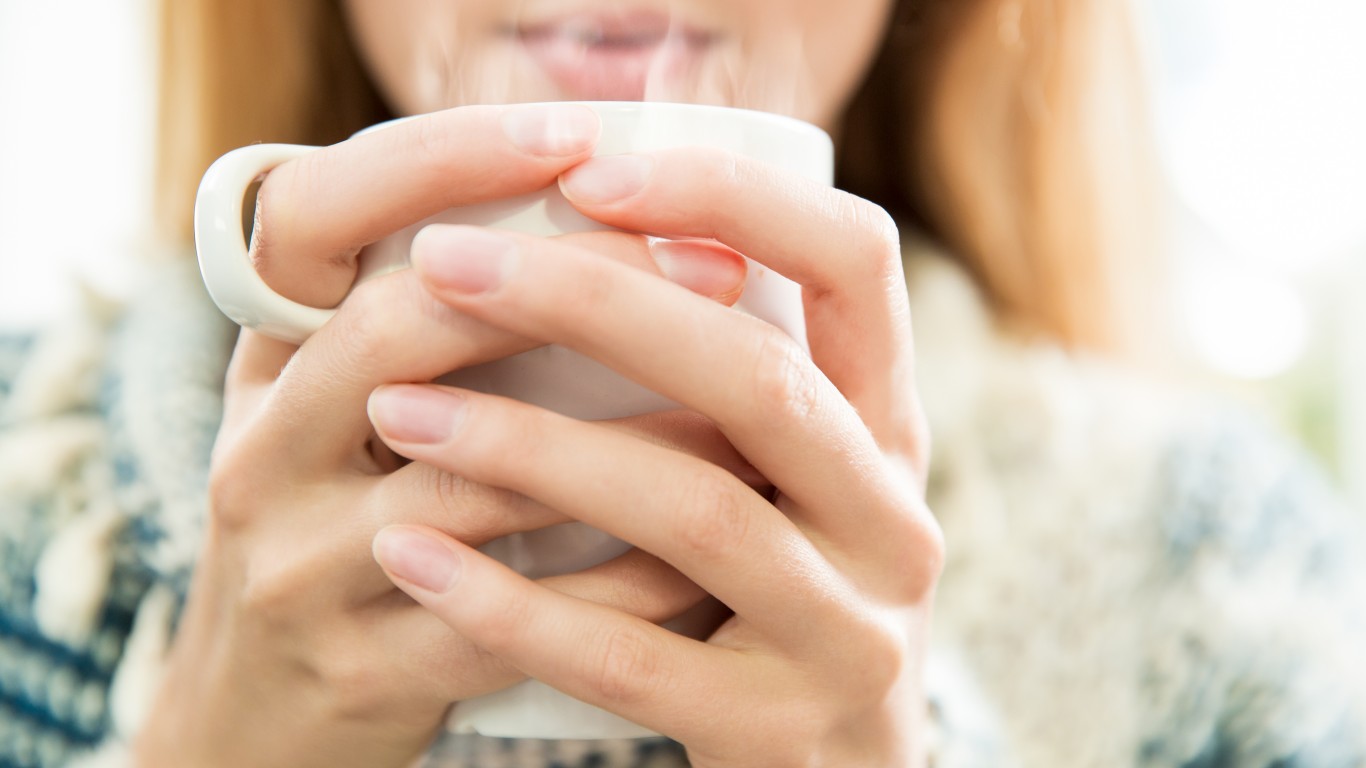
Steam
You can use a steam inhaler, take a hot shower, a hot cup of tea, or pour boiling water in a bowl and cover your head with a towel. Steam may help your allergy symptoms by loosening the mucus congested in your nose, helping it drain out, and enabling you to breathe more easily.
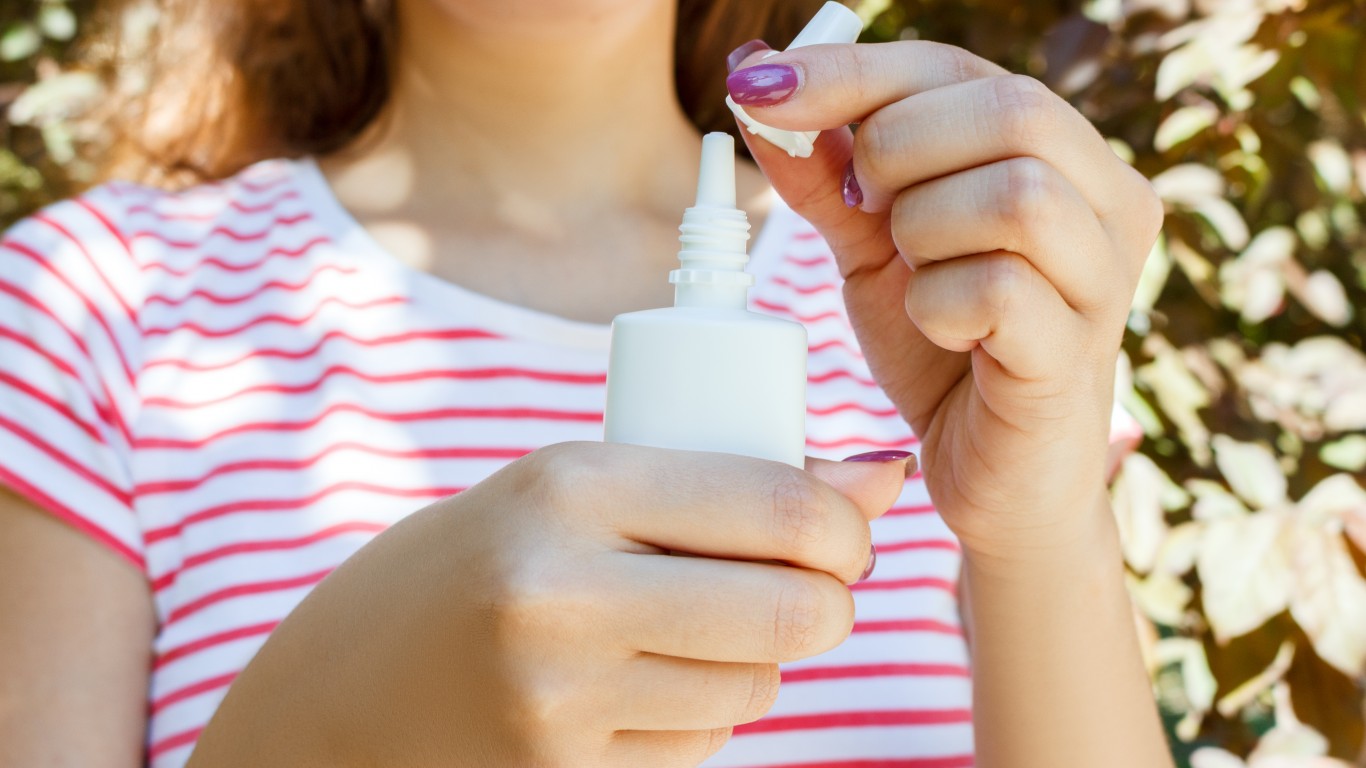
Saline spray
Saline solution moisturizes dry nasal passages and sinuses and removes pollen and other irritants from the nasal lining. Saline solution also helps reduce inflammation of mucous membranes. Saline sprays may also aid in keeping the small hair-like structures in the nose healthy, which may help treat rhinitis, also known as hay fever or seasonal allergies.
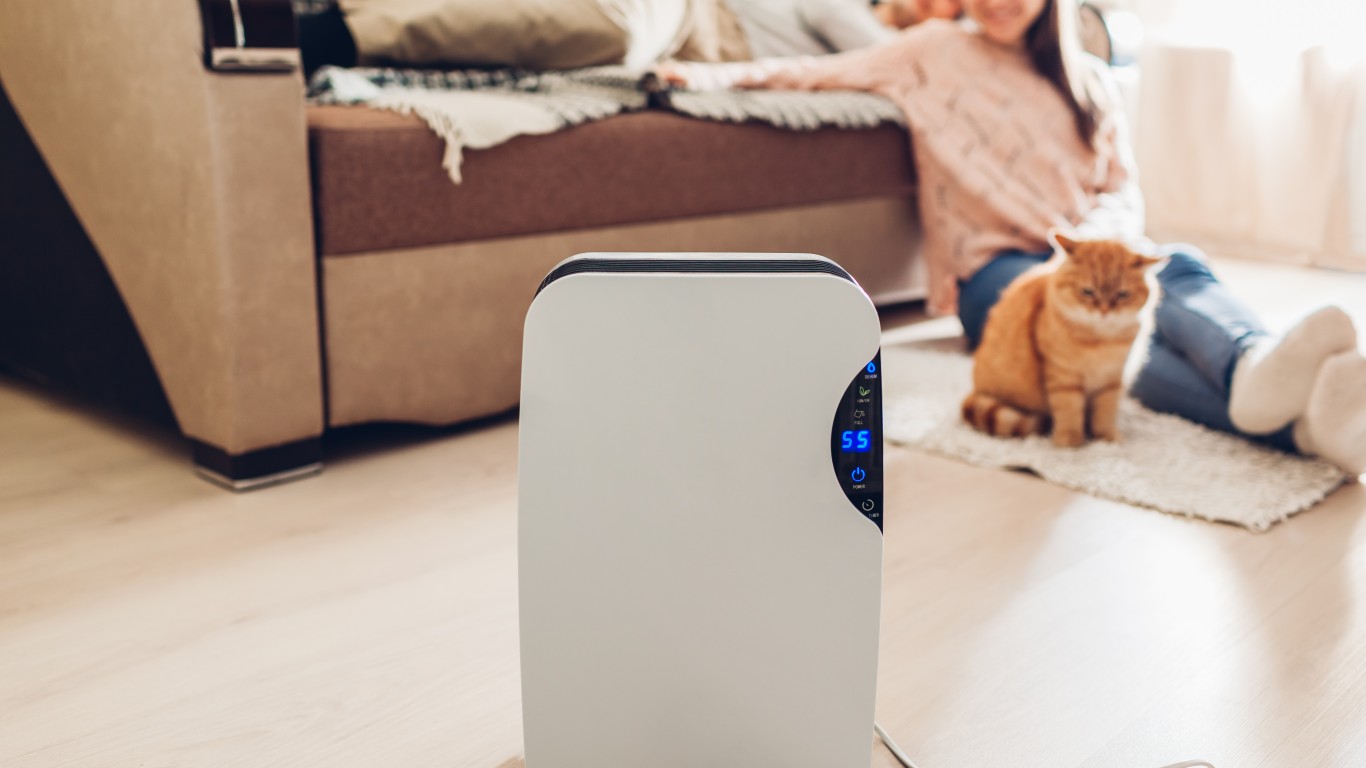
Dehumidifier
You may need a humidifier in the winter, but come springtime, a dehumidifier may help you breathe better. It decreases humidity levels in the room, which helps reduce the amount of dust, pollen, dust mites, and other possible allergens. Pollen, mold, and mildew thrive in a humid and moist environment.
[in-text-ad-2]
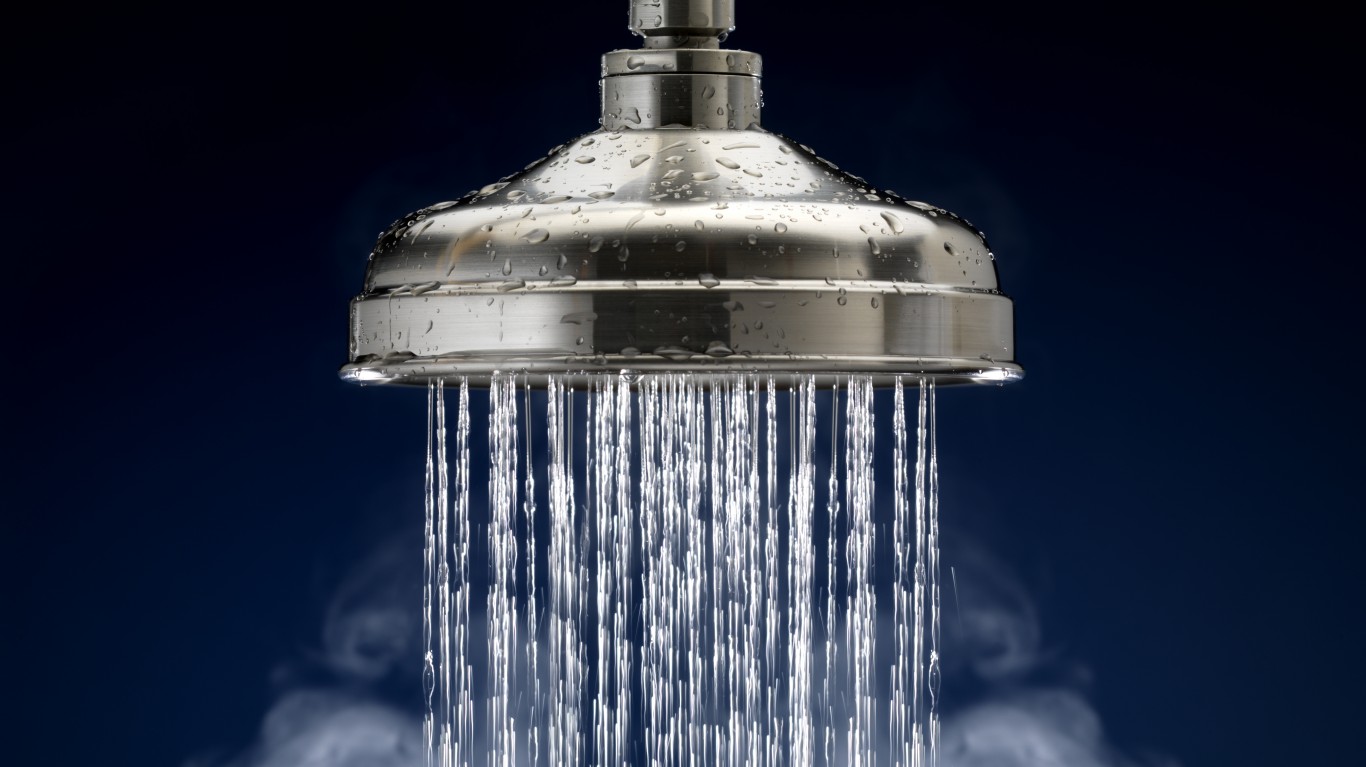
Hot shower
If you suffer from hay fever, try to take a hot shower as soon as you get home. There are at least two benefits: first, you’re going to wash the pollen, dust, and other allergens off your skin; second, the steam from the shower will help clear your sinuses and help you breathe easier.
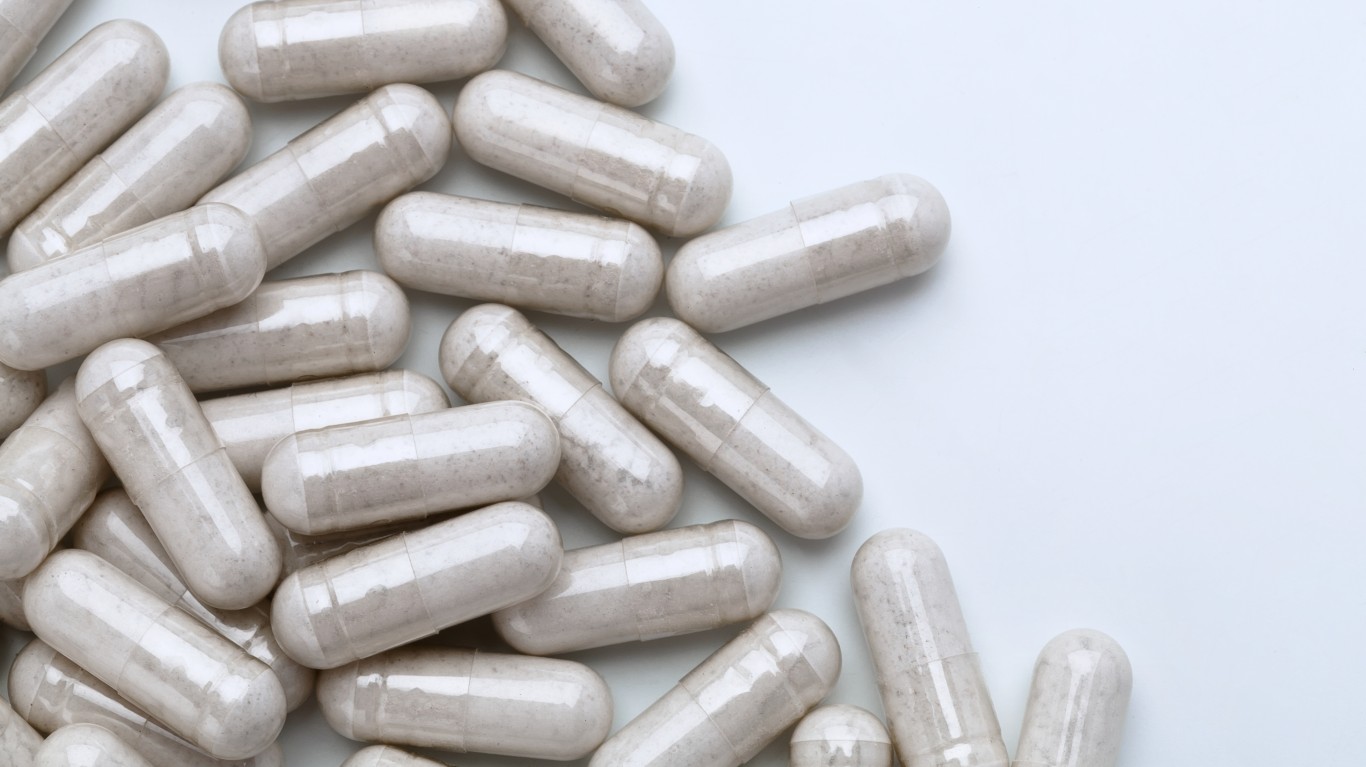
Probiotics
Some research suggests that probiotics are beneficial in treating spring allergies, but it may depend on the specific allergen, method of administration, and dosing. A 2017 study by the University of Florida determined that a combination of probiotics — lactobacilli and bifidobacteria, sold as Kyo-Dophilus in stores — may help relieve allergy symptoms by raising the amount of T-cells in the immune system, thus increasing tolerance to hay fever symptoms.
[in-text-ad]
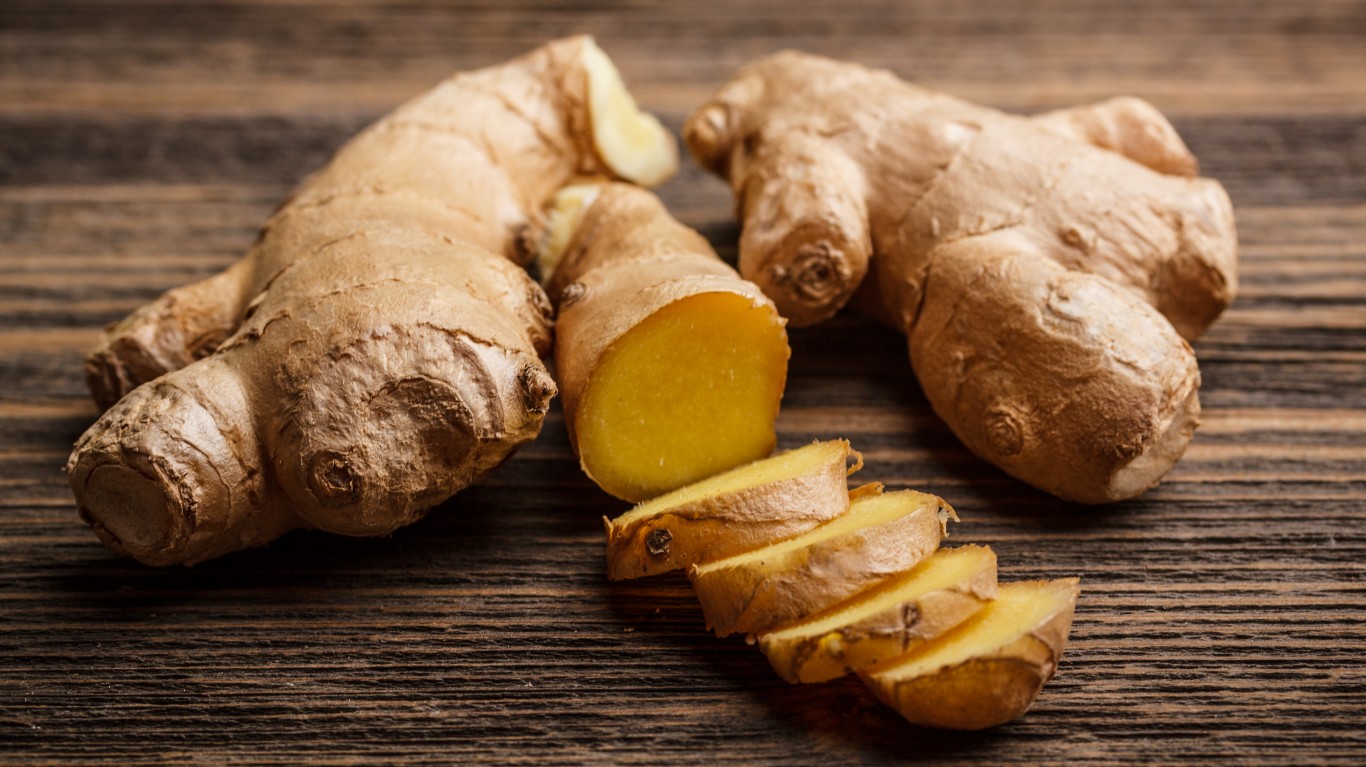
Ginger
Ginger has been known to have anti-inflammatory properties, and a spring allergy is basically inflammation of the nasal airways due to an irritant. A 2016 mice study suggests that ginger â whether fresh or dry — may suppress the production of pro-inflammatory proteins in the blood, which may lead to reduced allergy symptoms. It is still to be investigated to see whether the effect will be similar in humans.
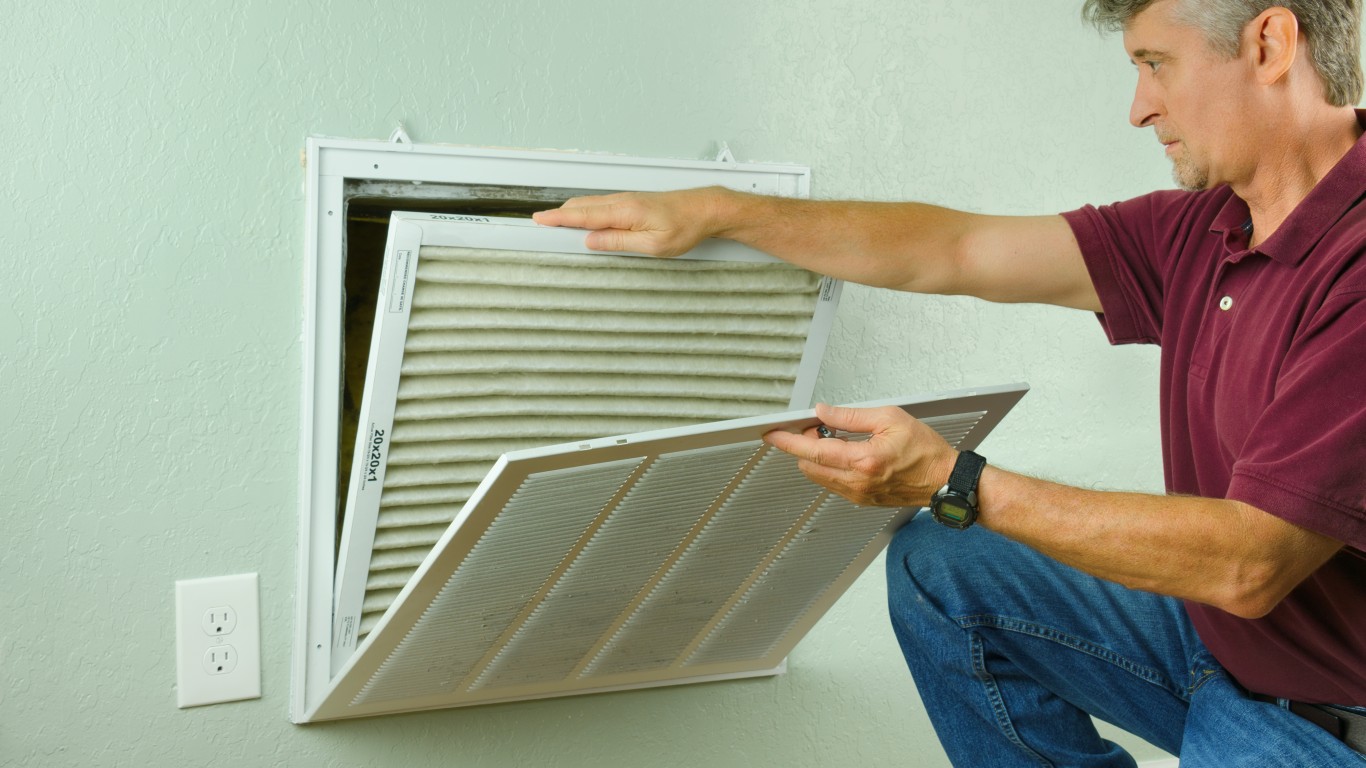
Wash the A/C filter
An important step to reduce allergy symptoms is to control allergy-causing pollution. You may be able to achieve that by installing an air filtration system. Mechanical filters are designed to trap allergens such as pollen, pet dander, and dust mites in a special screen. The American Academy of Allergy, Asthma, and Immunology suggests cleaning or replacing small-particle filters in heating and cooling systems as well as in air conditioners at least once every 30 days.
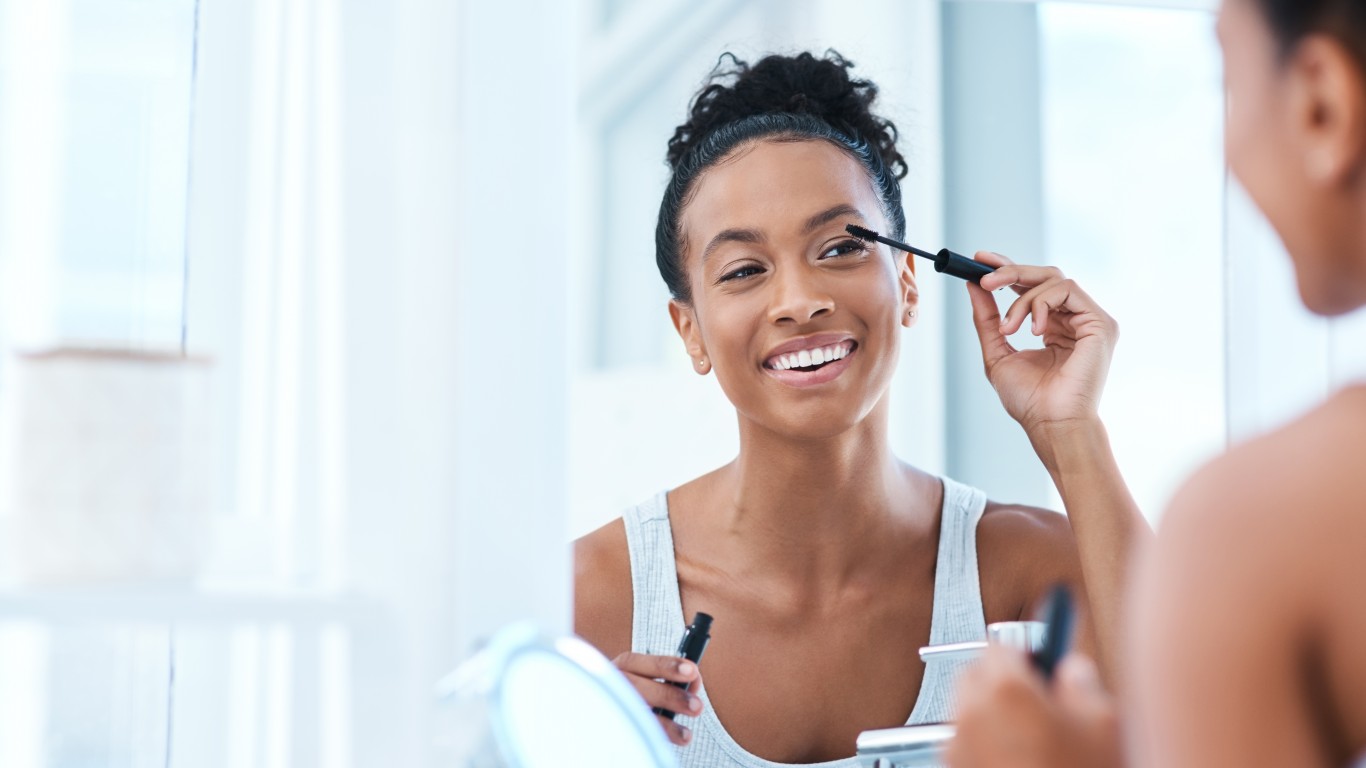
No mascara
Allergens like pollen can live on the skin and hair. Mascara will trap the pollen, which may eventually drop into the eyes. Avoid hair gels, mousse, and hair sprays, too. They can also trap pollen, dust, and other particles you may be allergic to very close to the eyes and nose.
[in-text-ad-2]
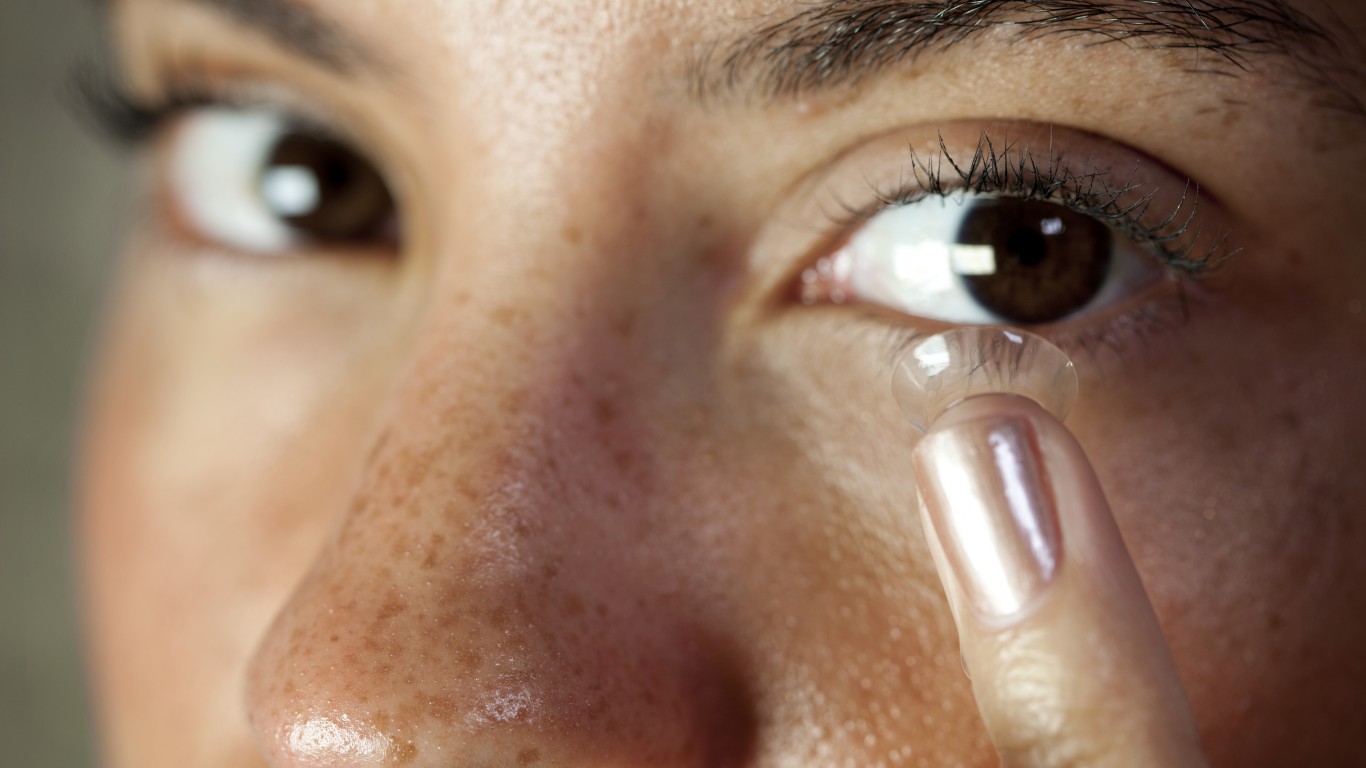
No contact lenses
If you wear corrective lenses, replace them with regular glasses for the duration of the spring allergies season. Pollen can get trapped behind the lenses. Your instinct is to rub your eyes, which means you’re basically rubbing up the pollen against the inside of the eyelid, leading to itchy and red eyes. Possible and more serious damage is corneal abrasion, a scratch on the eye’s cornea caused by rubbing itchy eyes with contacts in.
If you really prefer contact lenses and no amount of cleaning reduces this common allergy trigger, consider using daily disposable ones.
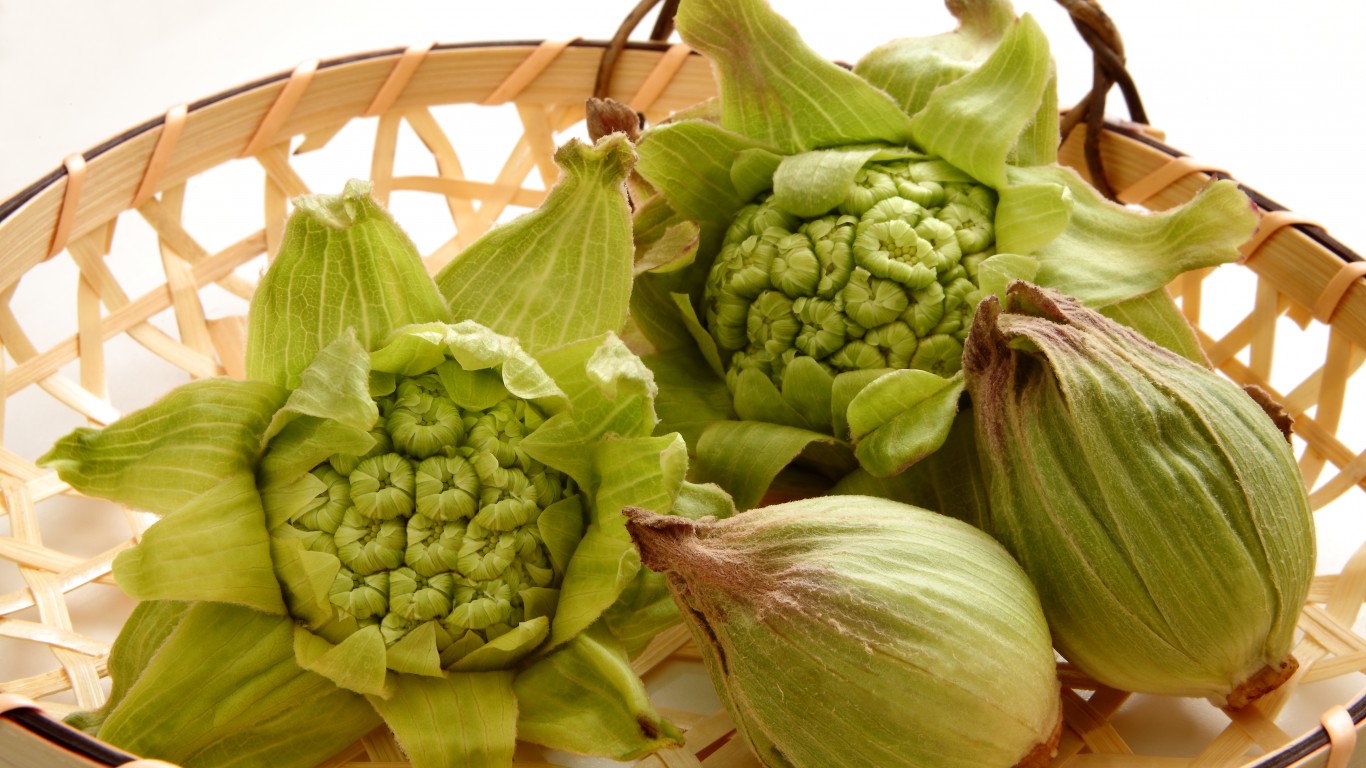
Butterbur
Butterbur is an herb used for medicine to treat many forms of pain — from headaches to stomach ulcers, as well as cough, asthma, and hay fever. In addition to histamine, the body releases the inflammatory chemical leukotriene when it comes in contact with an allergen, triggering an allergic reaction. Butterbur appears to act as leukotriene inhibitors blocking leukotriene and relieving an allergic reaction.
[in-text-ad]
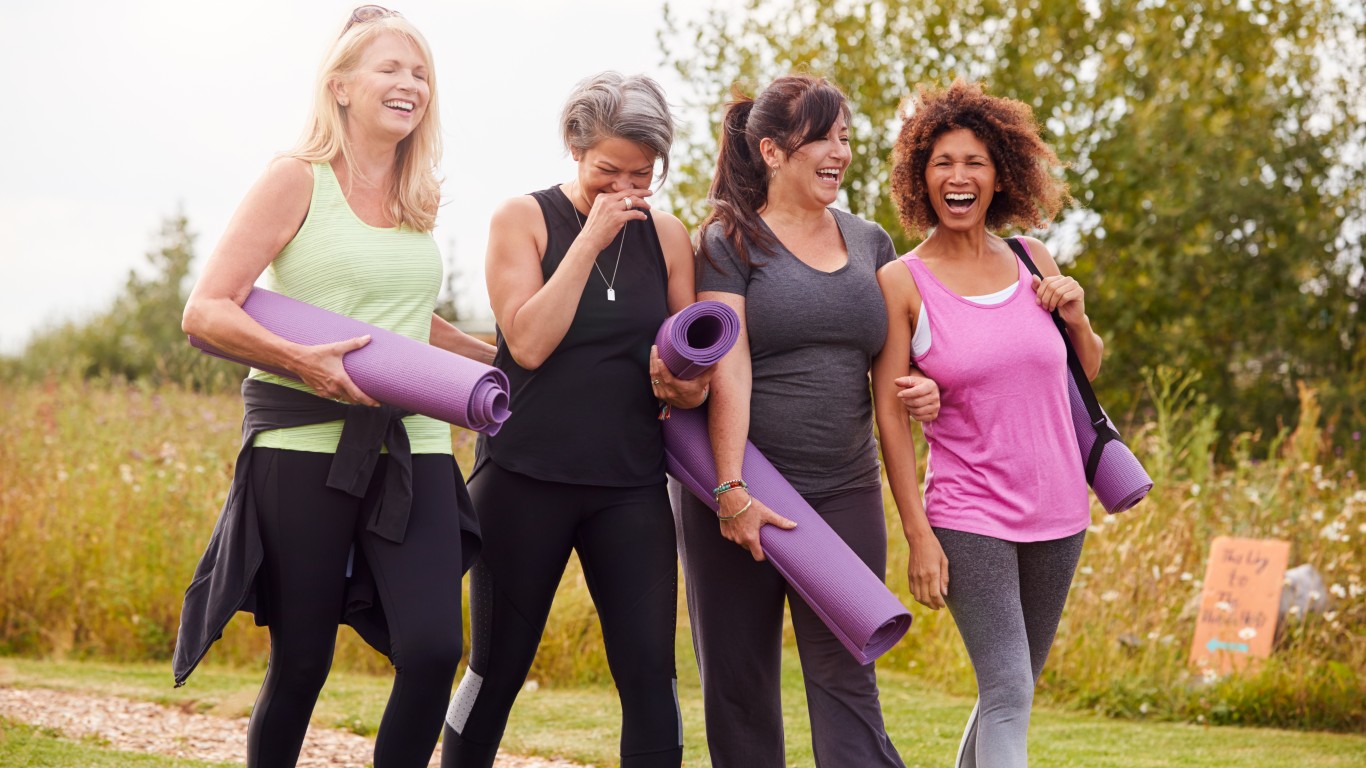
No exercising outside in the morning
Having an exercise routine is important for overall health. However, if yours includes exercising in the morning, consider changing the time or the place. Pollen levels are highest in the morning, especially between 5 a.m. and 10 a.m. Work out inside or at night. And if you must exercise outside, make sure you wear a hat. Hair can store a lot of pollen.
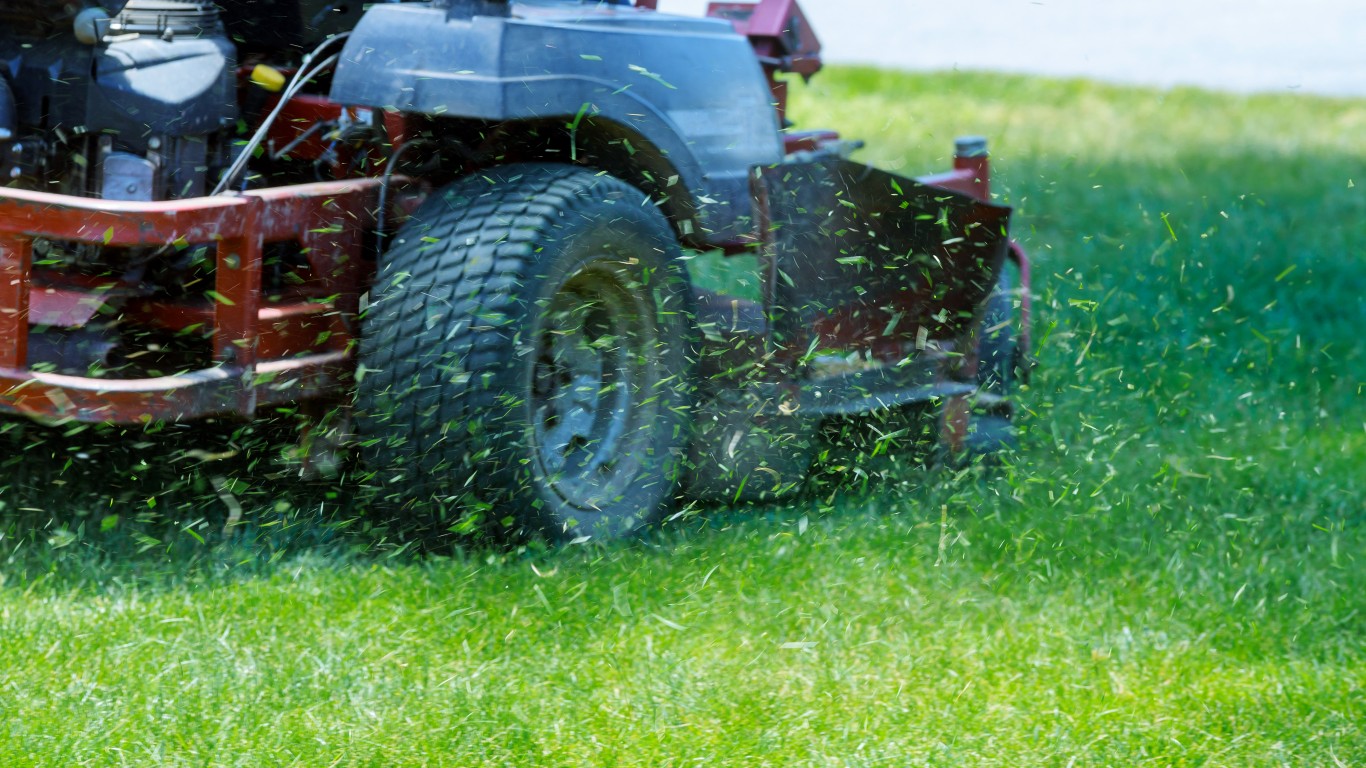
Avoid recently mowed lawns
The look and smell of fresh grass in the yard may seem appealing, but people with pollen allergies should stay away. Pollen trapped in the grass gets dispersed in the air when the lawn is being mowed. But it’s also important to keep the lawn mowed as most types of grass release pollen only when they grow tall. So hire a landscaper or, at the very least, wear a mask.

Jackets and coats off
Most people take off outerwear after they walk inside the house, not before. But jackets, pants, even shoes trap pollen when you’re outside. Don’t introduce these allergens into your home space. So take off jackets, scarfs, and shoes before you walk through the front door and leave them in the garage or in a room you spend little time in.
[in-text-ad-2]
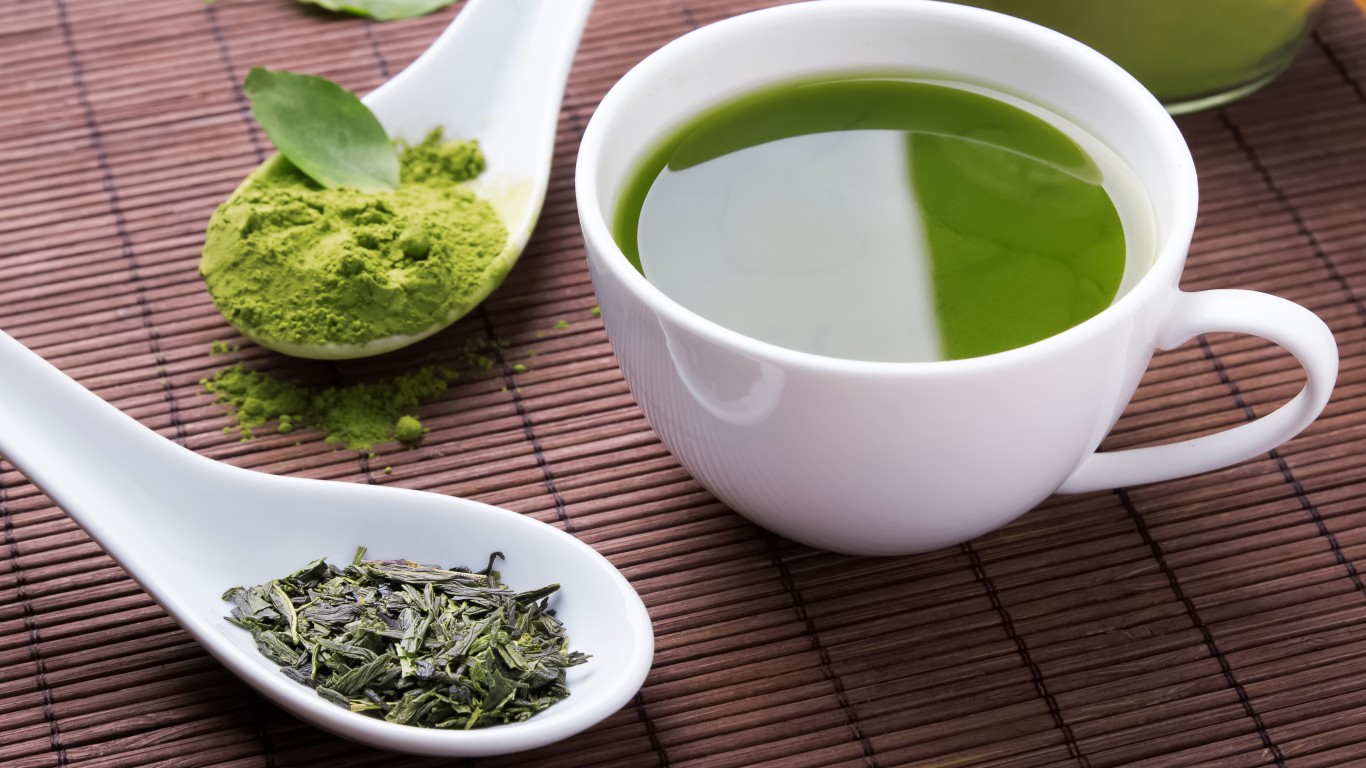
Green tea
Some research suggests that drinking green tea may relieve allergy symptoms. A compound in green tea called methylated epigallocatechin gallate, or EGCG, blocks a cell receptor that plays a role in the body’s allergic response to allergens. However, it is not clear how much green tea that allergy sufferers would have to consume to benefit from its anti-allergy properties.
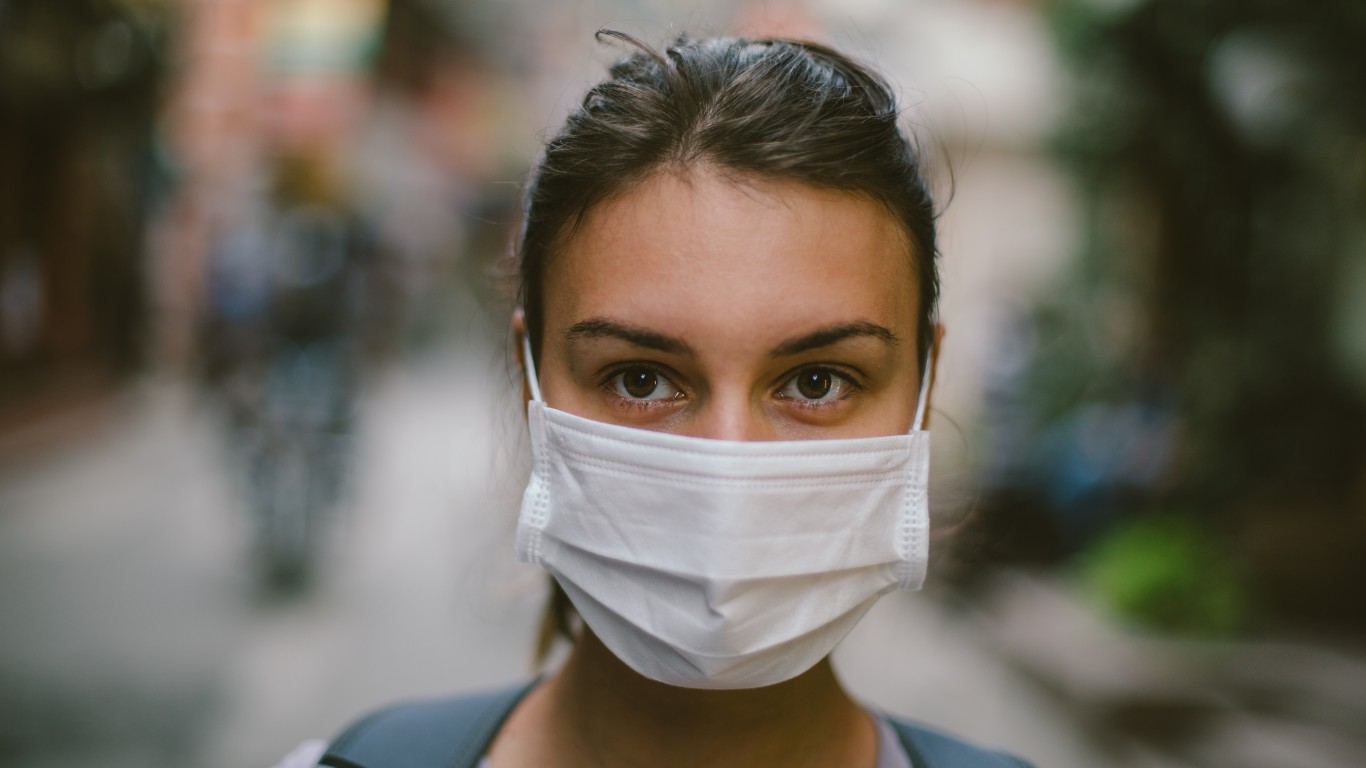
Wear a mask
Masks can help at least a little bit against inhaling pollen and other allergens, but you must wear them the right way. The mask has to be over your face with the firm edge up. Mold it to the shape of your nose, and don’t forget to lower the bottom of the mask all the way under your chin.
[in-text-ad]
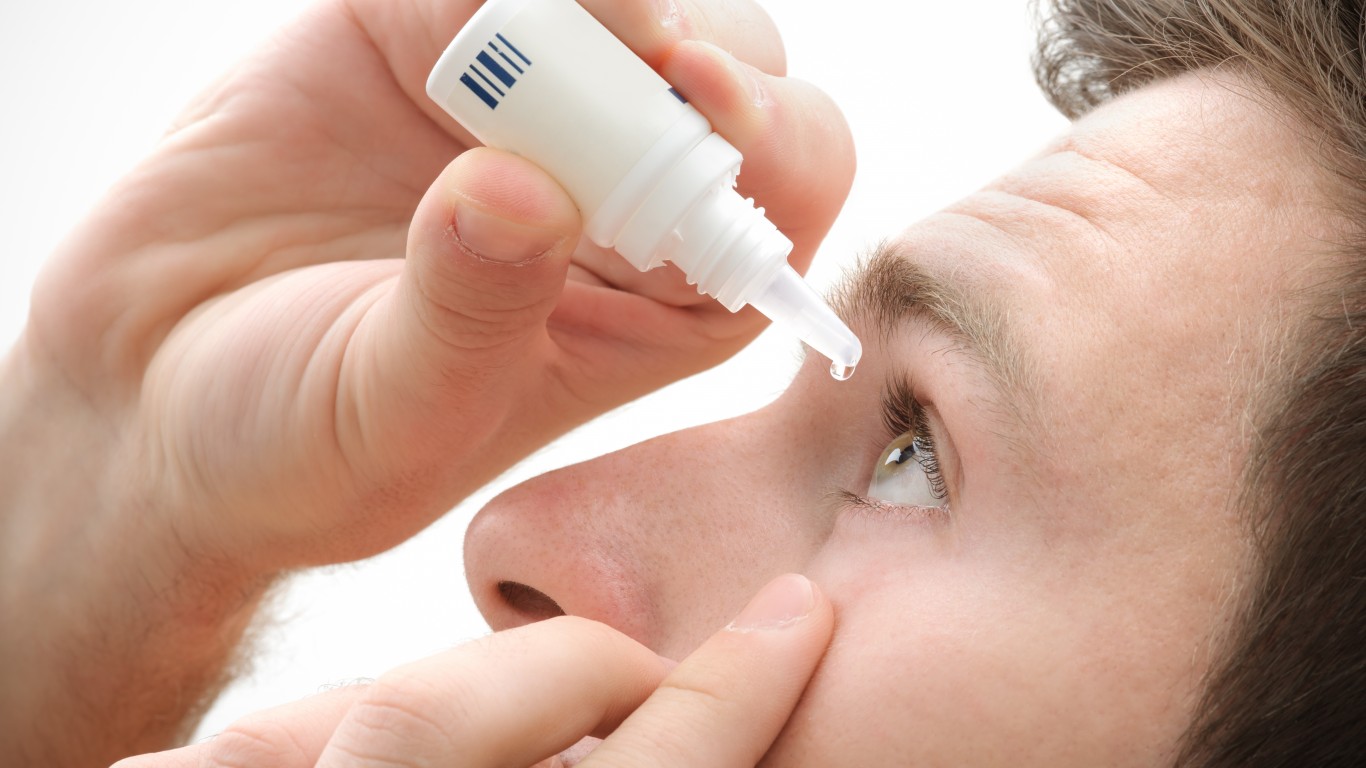
Eye drops
Artificial tears help rinse irritating allergens out of your eyes. They moisturize the eyes and help against redness and itchiness, two typical allergy symptoms. The right eye drops to use depend on several factors, including the type of allergy symptoms a person has and the type of irritant one is allergic to. Antihistamine eye drops, for example, block histamine in the body and provide temporary relief.

A/C instead of open windows
Keeping the windows open may be a good idea if you want to save on your electric bill, but not such a good idea if you suffer from spring allergies. When windows are open nothing stops pollen from getting into your home. Having an air conditioner with a high-efficiency filter that filters out irritant air particles such as pollen can improve the quality of the indoor air.

Nasal filters
Nasal filters may be able to help allergy sufferers by preventing airborne irritants like pollen from reaching the mucous membranes of the nose. Nasal filters are designed to fit in the nostrils and filter potential allergens from the inhaled air. There is some evidence that nasal filters help reduce sneezing and runny nose, both common symptoms of seasonal allergies. It may also be able to reduce throat irritation.
[in-text-ad-2]
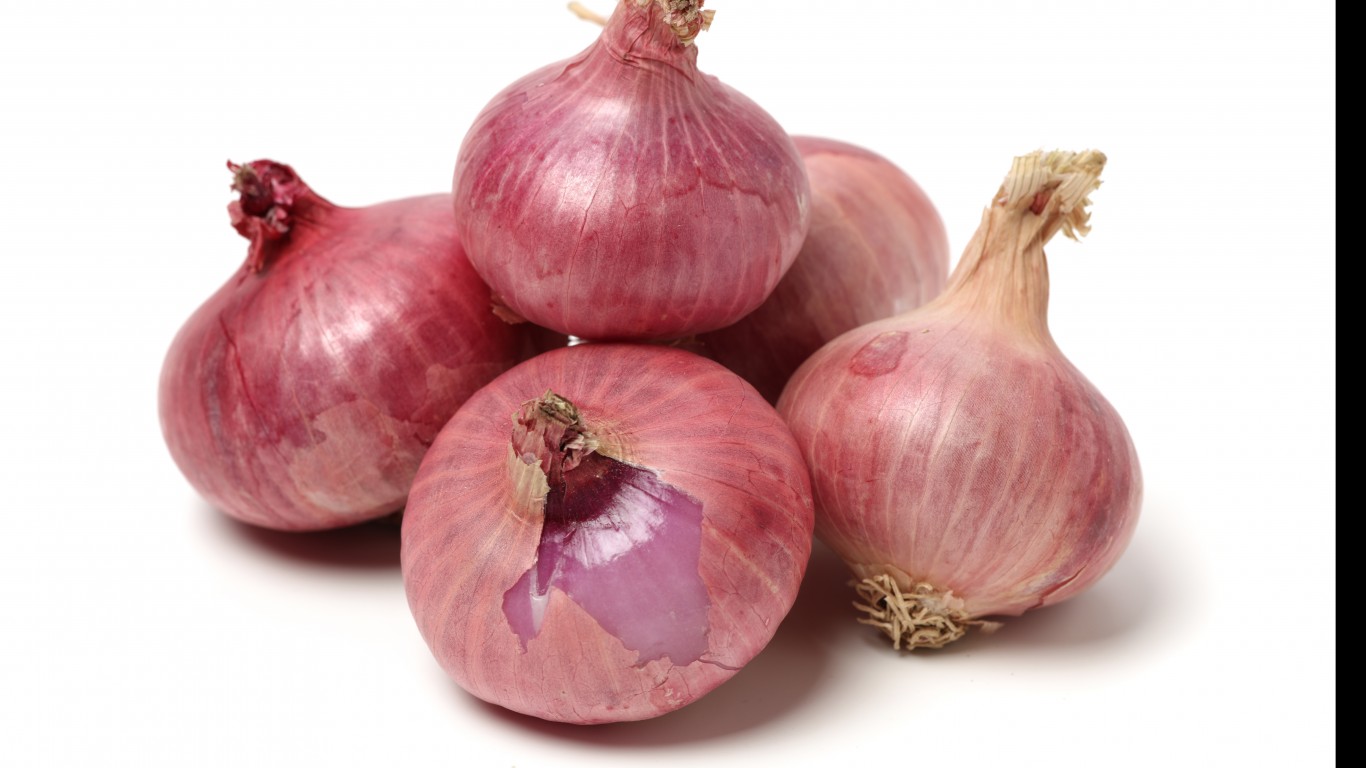
Quercetin
Quercetin, a flavonoid found mostly in vegetables, especially onions, may be useful in addressing seasonal allergies by stimulating the immune system and inhibiting histamine production.

Bromelain
Bromelain is a group of enzymes most commonly found in pineapples. Some research suggests it may be effective in treating respiratory problems due to allergies. One study showed that for it to be effective, allergy sufferers should take between 400 to 500 mg of bromelain three times daily. Research on mice has shown that bromelain may reduce allergic airway diseases because of its anti-inflammatory and anti-allergic properties.
[in-text-ad]
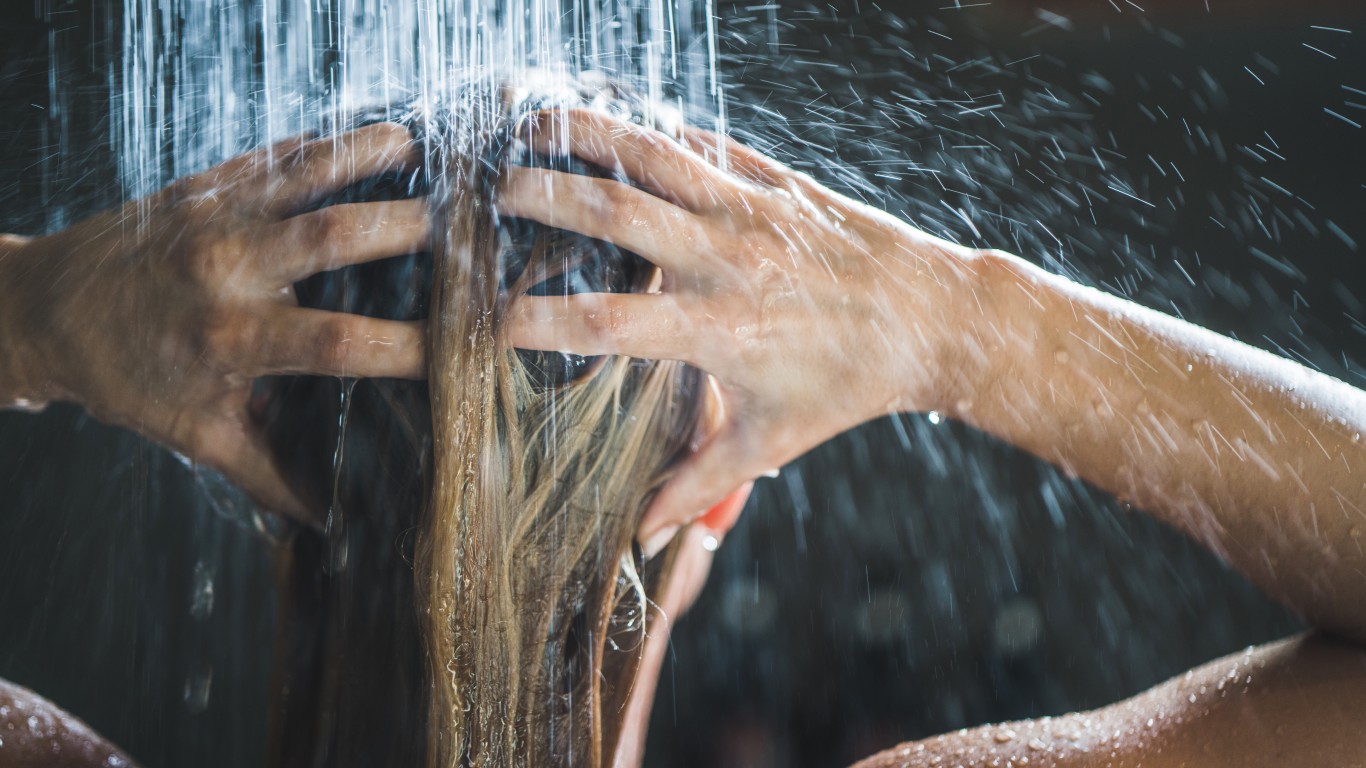
Wash your hair every night
The natural oils in the hair attract and trap pollen and other tiny particles that the immune system is hypersensitive to. You want to wash off all of the allergens trapped anywhere on your body. If you don’t want to use shampoo every night because it dries out your hair, use only water but rinse thoroughly.
Travel Cards Are Getting Too Good To Ignore
Credit card companies are pulling out all the stops, with the issuers are offering insane travel rewards and perks.
We’re talking huge sign-up bonuses, points on every purchase, and benefits like lounge access, travel credits, and free hotel nights. For travelers, these rewards can add up to thousands of dollars in flights, upgrades, and luxury experiences every year.
It’s like getting paid to travel — and it’s available to qualified borrowers who know where to look.
We’ve rounded up some of the best travel credit cards on the market. Click here to see the list. Don’t miss these offers — they won’t be this good forever.
Thank you for reading! Have some feedback for us?
Contact the 24/7 Wall St. editorial team.
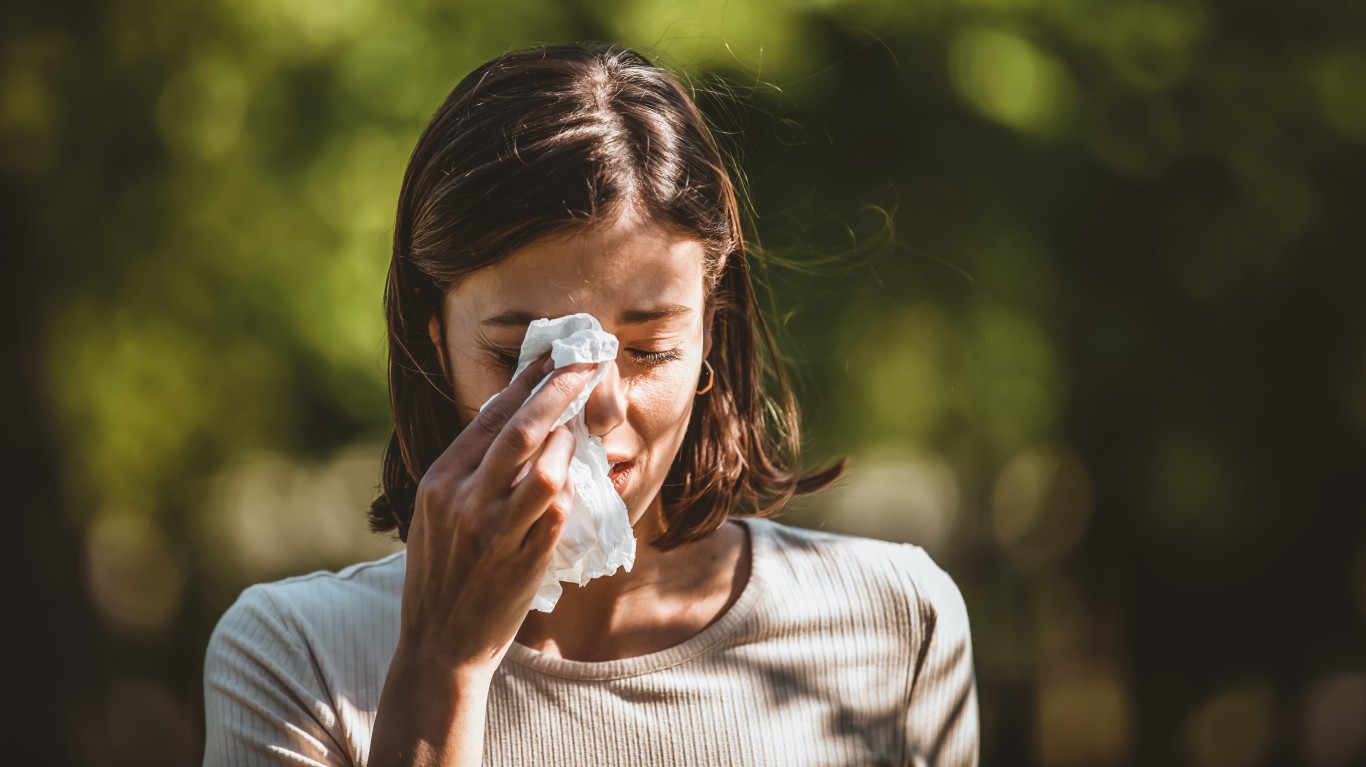 24/7 Wall St.
24/7 Wall St.
